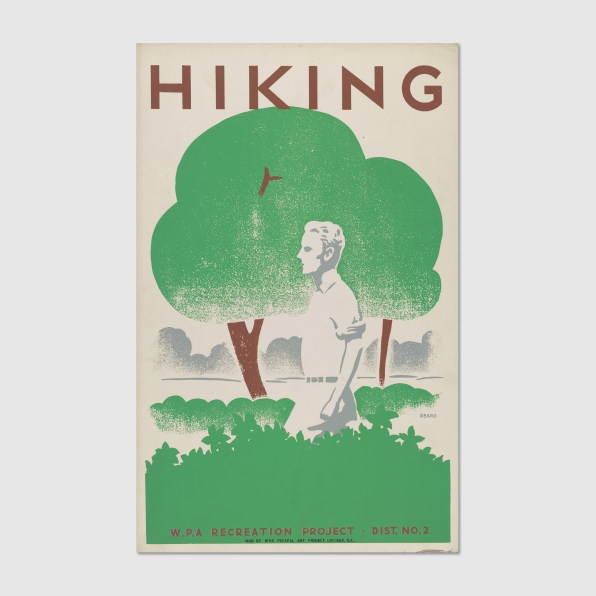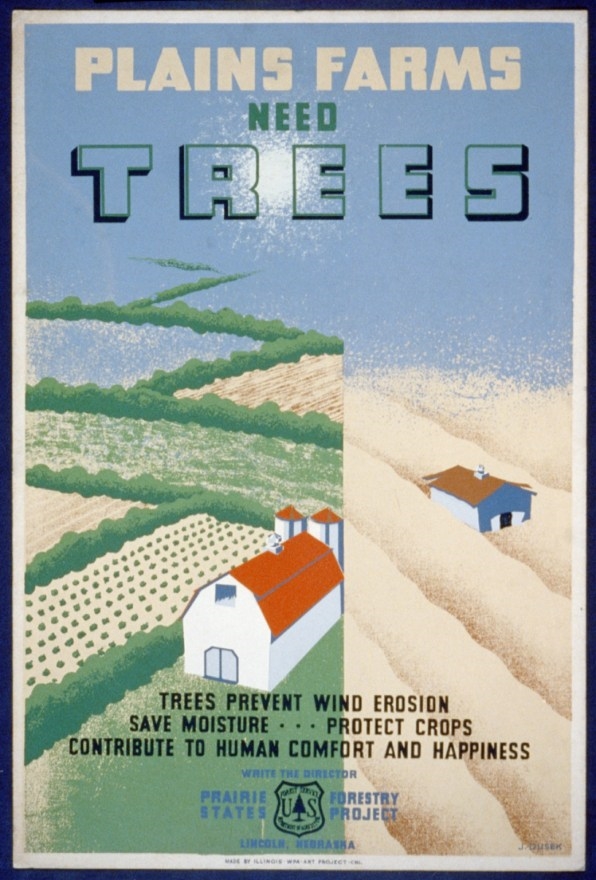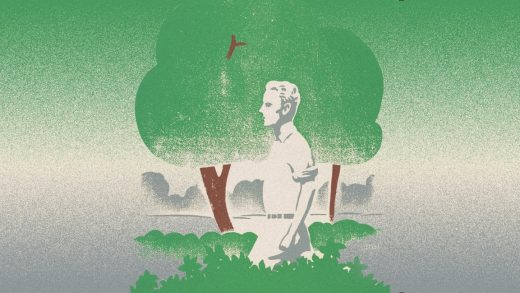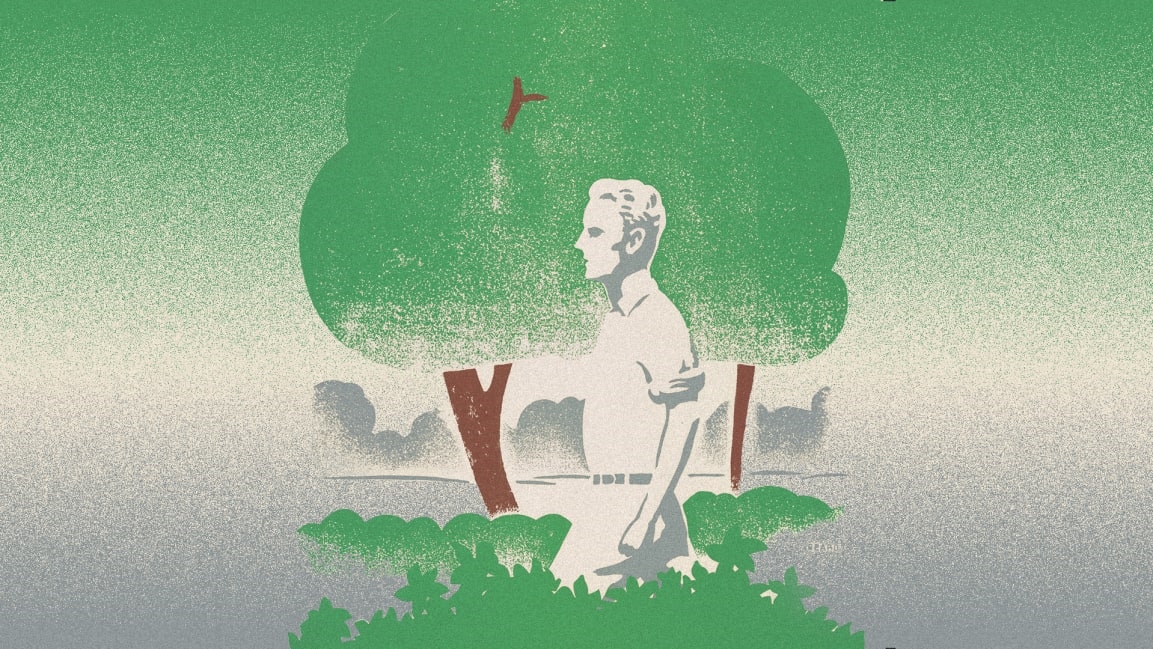How to get seniors on board with sustainability
We are so accustomed to thinking of climate change as a partisan wedge issue that it’s easy to overlook another dividing line: age. Young Republicans are rapidly breaking from older generations on climate change and energy issues. Conservative baby boomers and their elders are the last supporters of increased offshore drilling for fossil fuels, Pew Research found, and as conservative millennials increasingly indicate concern over the effects of climate change, people aged 65 and older are most likely to say environmental laws aren’t worth the cost or effort.
This trend makes some sense from a purely pragmatic standpoint. To put it bluntly: Seniors have much less stake in earth’s future than do younger generations. Yet concern for the future is nearly always how we frame green initiatives. The United Nations IPPC climate report, for example, described in stark detail the global calamities headed our way to spur urgent action on slashing carbon emissions; the growing movement away from disposable plastic products is often framed in the context of saving earth’s oceans and its wildlife; renewable energy is marketed as the energy technology of the future.
But for these initiatives to succeed, we must get seniors onboard. They hold the keys to shaping the future of younger generations, whether it’s supporting sustainable products and initiatives or blocking legislation to address climate change.
It’s time to change the conversation. We need a radical new approach to how we market sustainability to seniors as a whole. Instead of focusing on the future, what if we focused on the past?

Take a look at “Make America Great Again.” Politics aside, it harkens back to a past time when things were, in some people’s minds, “better.” We should follow this same path when it comes to sustainability, but, for example, think about it through the lens of a hunter or fisherman, with messaging that conjures up memories of being in the great outdoors with one’s grandparents: “Leaving the campsite better than you found it,” or “waste not want not.” New product delivery startup Loop used nostalgia quite effectively by tying their reusable packaging initiative to a time when the milkman showed up at your doorstep, collected your milk bottles and exchanged them for clean bottles with milk inside.
A great example and cautionary tale can be found in the packaging of “the Green New Deal.”

[Image: Joseph Dusek/Library of Congress]
An overwhelming majority of registered voters–81%–across parties and ages expressed support for the Green New Deal, the transformative outline to tackle planet-warming carbon emissions and rebuild middle-class economic opportunity and security. It name is inspired, of course, by FDR’s mammoth mobilization of public works, programs, and regulations in response to the Great Depression that produced decades of unprecedented prosperity for the middle class.
Notably, “82% of registered voters had heard ‘nothing at all’ about the Deal” prior to the survey questions, Yale/George Mason found, and the questions “did not mention that the Green New Deal is championed by Democratic members of Congress.” The sky-high support from voters who largely knew only the bill’s nostalgic name and intent shows its smart branding, merits of the resolution aside. Yet as partisan awareness surrounding the Green New Deal grew–and Democratic firebrand Rep. Alexandria Ocasio-Cortez introduced it in the House–support among the oldest generations dropped away.
The take-away? Nostalgic branding has the potential to smooth controversy and foster consensus even around the traditionally divisive issue of action on climate change.
Advertisers are beginning to catch on to this phenomena.
A perennial Super Bowl ad favorite, this year Budweiser parent-company Anheuser-Busch InBev packaged a spotlight on its wind power commitment with a nostalgia lens. The 45-second ad, dubbed “Wind Never Felt Better,” featured the Clydesdale horses pulling a cart full of Budweiser crates through wheat fields as Bob Dylan sang “Blowin’ in the Wind.” The sustainability-focused ad sparked none of the partisan outrage previous Super Bowl ads highlighting hot-button topics have faced. (In that same vein, Volkswagen plans to use nostalgia to market electric power to seniors. VW is relaunching the ’60s-classic dune buggy with an electrified platform.)
Studies confirm that invoking an idealized past spurs consumers to pay more for a particular product compared to consumers confronted with new or future ideas. It’s hardly a leap to see how this translates to increased feelings of goodwill for a particular platform.
A fundamental tenet of marketing is to know your audience, and speak directly to them. Millennials are primed and ready to take action on climate change–they desire bold action from governments and corporations, and stand ready to make sacrifices in furtherance of those actions. Now we need to win over seniors. Success at selling the future, it appears, depends on our ability to market the past.
(64)



